
Sulcis-Iglesiente is history, nature, culture, breath-taking landscapes and archeological sites, enviable beaches and deep popular traditions.
Experience the nature, enjoy the landscape
200 Kilometer- long coast, a crystal clear sea: discover the beaches of Sulcis: the beaches in Porto Pino with their thin sand, the bays in Sant’Antioco, the wonderful beach in Masua, the one in Porto Paglia by Gonnesa, Cala Domestica by Buggerru and Siaggia Grande in Calasetta. Would you dive in right now?
Beside these spectacular beaches, there are also forests, mountains, and grottos. Enjoy an adventure in the Marganai forest in Iglesias or in Pantaleo forest in Santadi, enjoy the silence of the forests! Visit the Grotto Is Zuddas in Santadi, the one of San Giovanni in Domusnovas or the Grotto Su Mannau I Fluminimaggiore: an exciting trip to the hearth of the earth.
Admire the hundred year-old olive tree grove S’Ortu Mannu in Villamassargia, the Natural Oasis of the Lipu in Carloforte, the Parco degli Angeli in Giba with its various animals.
Past civilization and modern fascination
In Sulcis there are not only wonderful beaches and nature, the region has also many relics of past civilization. Neolithic settlements (S’Arriorgiu in Villaperuccio), the tombs of the Giants, Nuraghes settlements (Coi Casu in Sant’Anna Arresi) and single Nuraghes, which emerge mysteriously from the earth (nuraghe Meurras in Tratalias, nuraghe Camboni in Perdaxius). The catacombs and the underground village in Sant’Antioco, the Necropolis in Villaperuccio, the Roman thermal baths in Piscinas and the medieval village in Tratalias.
Discover the art and the culture of our region
Art and culture are not missing here! The Church of Santa Maria di Monserrato in Tratalias, built in the XII century, in roman pisan style in the middle of medieval village. The Church of Sant’Ignazio da Loyola in Musei, the Basilica of Sant’Antioco Martire built between the V and VI century. Worth seeing is also the Spanish tower in Portoscuso, its dating is still a mystery, according to the Carta of Rocco Capellino it was build in 1577, according to Francesco Vico in 1639.
There are also many museums: in Sant’Antico there is the Byssus cloth museum, dedicated to the sea silk a particular textile material, the Museum „Sa Domu Antiga“, the ethnographical Museum in Santadi and the ancient Museum in Fluminimaggiore, which is build in an old watermill.
The mines, a unique heritage
In Sulcis is located the biggest mining area of Italy. The big coal mine of Serbariu today hosts the Coalmine Museum and the Italian Centre for Coal Mining culture. However, there are also other traces of the mining period, a period that deeply influenced the Sardinian culture as well as the identity: the mine of Monteoni in Iglesias, the mine Rosas in narcao, the mining villages Bacu Abis and Cortoghiana. Since 2007 the Geominery park of Iglesias is part of the Geoparks network of the UNESCO, which is a project that promotes and value this historical, anthropological and mining heritage.
Irresistible delicacies
Formaggi, vini, prodotti della terra: il Sulcis ti offre una tavola imbandita di prelibatezze. Siediti e gusta i succulenti pecorini, assaggia una punta dei mieli di cardo, di castagno o di eucalipto, concediti un po’ di maialetto e infine sorseggia il Carignano: sapori inconfondibili che, vedrai, non potrai mai dimenticare.
 Portoscuso
Portoscuso Monte Sirai
Monte Sirai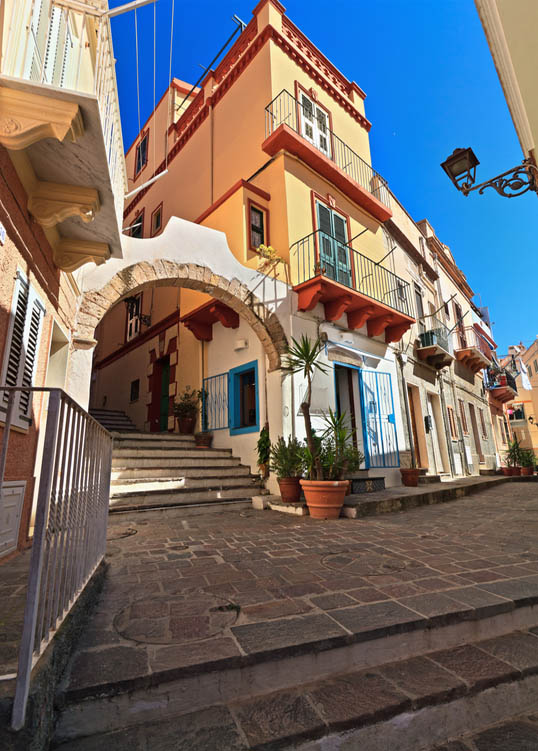 Carloforte
Carloforte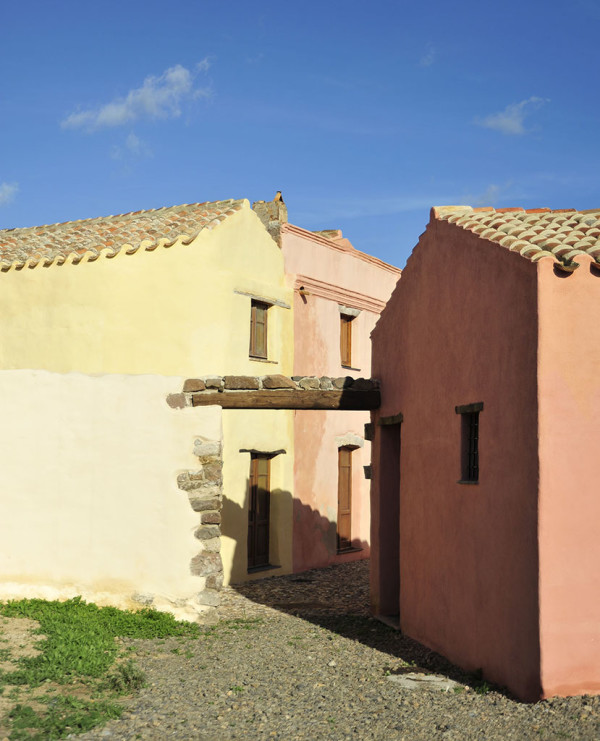 Borgo di Tratalias
Borgo di Tratalias Calasetta
Calasetta Calasetta
Calasetta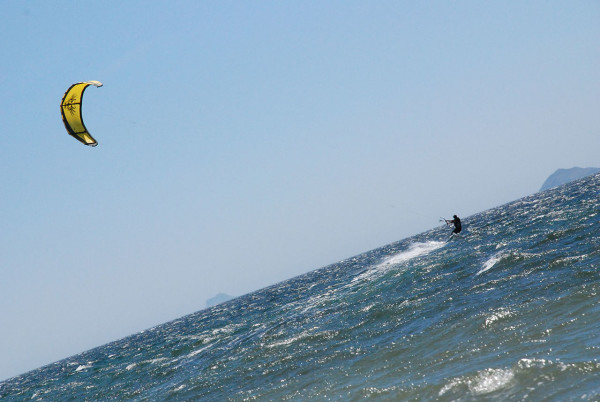 Porto Botte, Giba
Porto Botte, Giba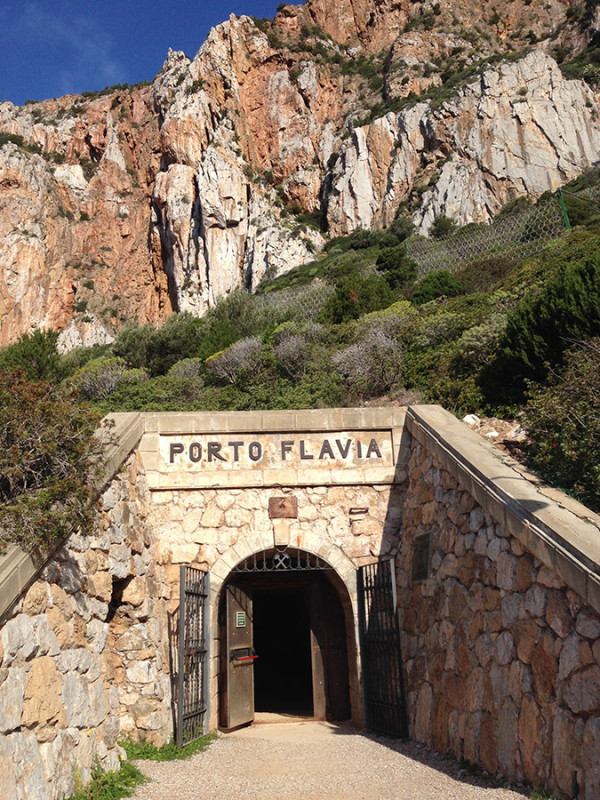 PORTO FLAVIA MAUSA_3517
PORTO FLAVIA MAUSA_3517 Pescatore, Laguna S. Antioco
Pescatore, Laguna S. Antioco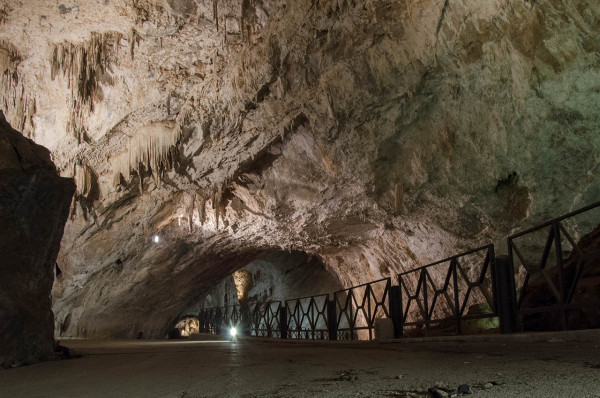 Grotta di S. Giovanni, Domusnovas
Grotta di S. Giovanni, Domusnovas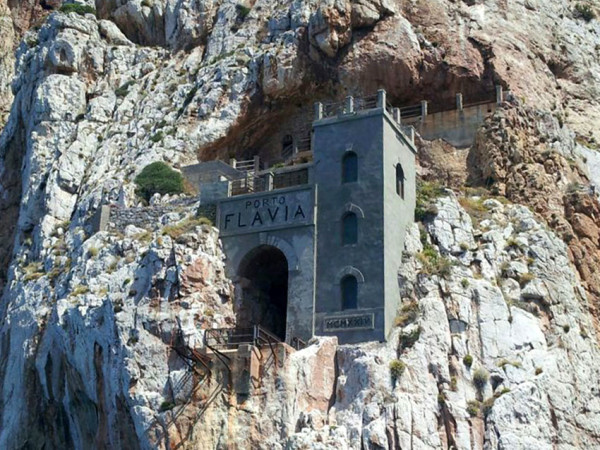 Porto Flavia
Porto Flavia Dune di Porto Pino, S. Anna Arresi
Dune di Porto Pino, S. Anna Arresi IMG_3639
IMG_3639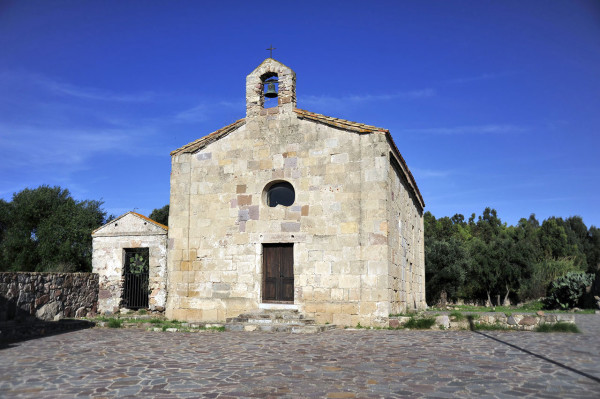 Chiesa di S. Maria di Palmas
Chiesa di S. Maria di Palmas IMG_3666
IMG_3666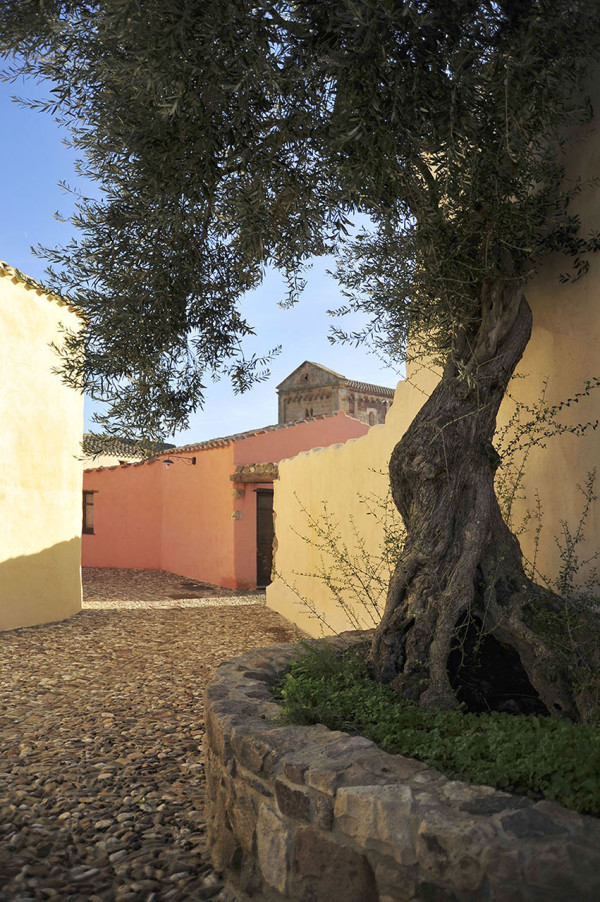 Borgo di Tratalias
Borgo di Tratalias Mare
Mare IMG_3595
IMG_3595 Tempio di Antas
Tempio di Antas IMG_3624
IMG_3624 Isola la Vacca
Isola la Vacca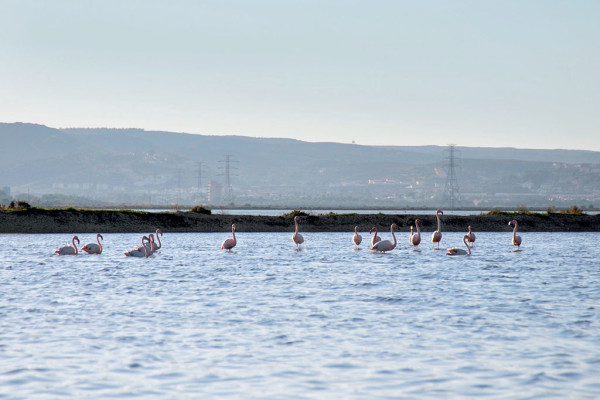 Saline, S. Giovanni Suergiu
Saline, S. Giovanni Suergiu Tratalias
Tratalias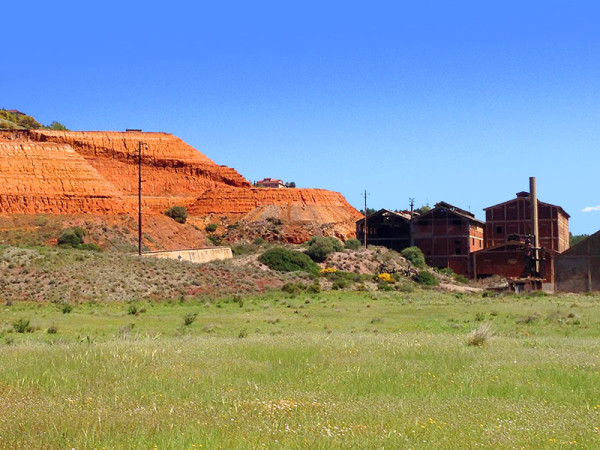 IMG_3629
IMG_3629 IMG_3604
IMG_3604 IMG_3648
IMG_3648 IMG_3630
IMG_3630 PORTO GLAVIA MASUA GALLERIA3518
PORTO GLAVIA MASUA GALLERIA3518 PAN DI ZUCCHERO MAUSA_3516
PAN DI ZUCCHERO MAUSA_3516 Galleria Henry, Buggerru
Galleria Henry, Buggerru Cala Domestica
Cala Domestica Porto Paglia, Gonnella
Porto Paglia, Gonnella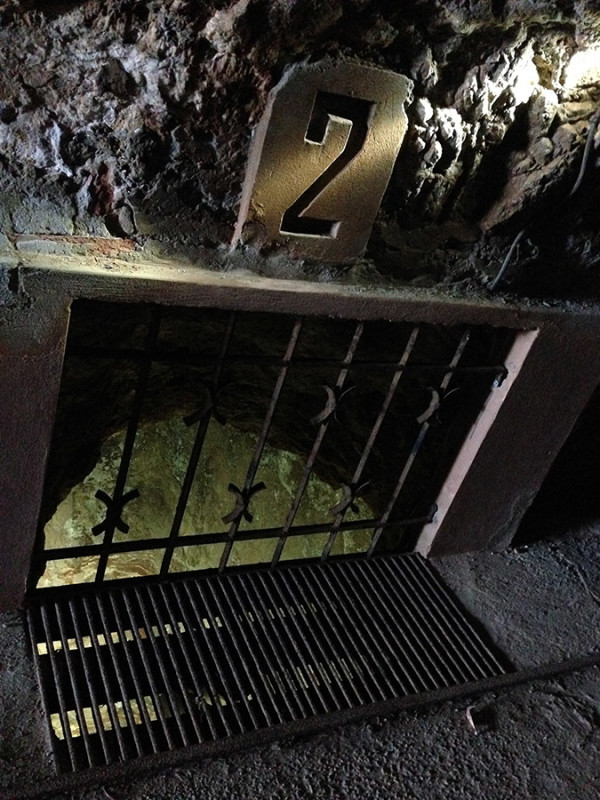 PORTO FLAVIA MAUSA SILOS 3529
PORTO FLAVIA MAUSA SILOS 3529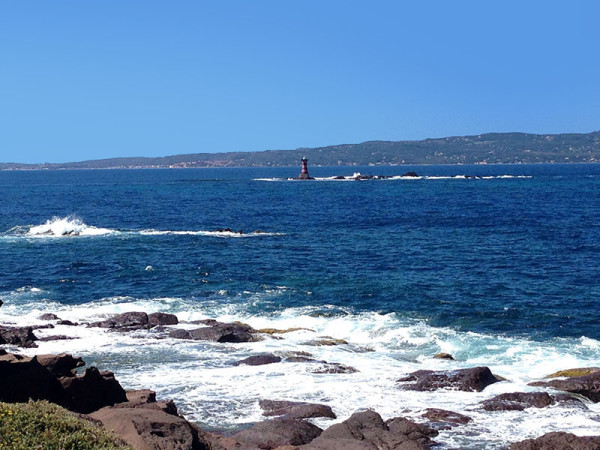 IMG_3601
IMG_3601 IMG_3645
IMG_3645 Borgo di Tratalias
Borgo di Tratalias Torre di Calasetta
Torre di Calasetta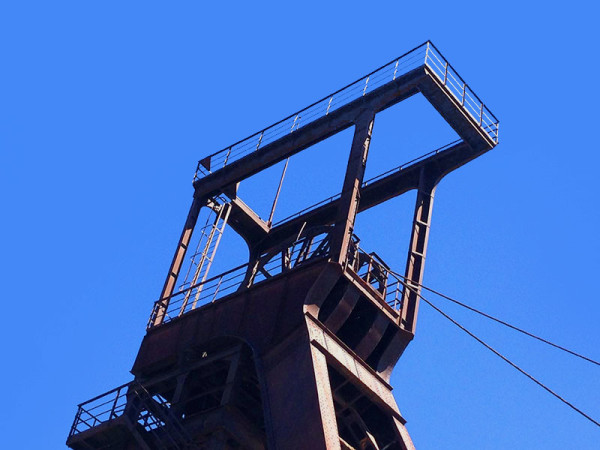 IMG_3658
IMG_3658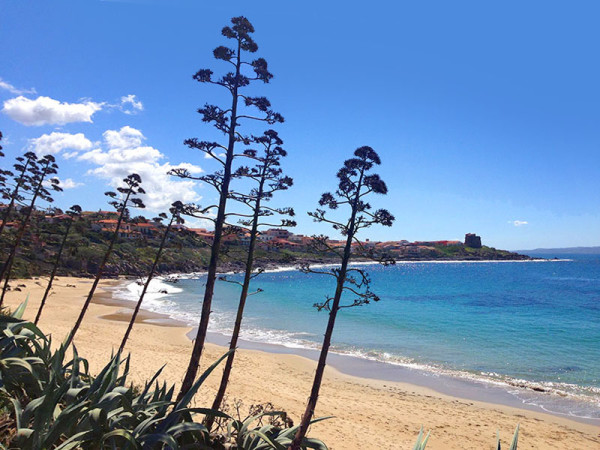 IMG_3606
IMG_3606 Saline, S. Giovanni Suergiu
Saline, S. Giovanni Suergiu Piazza Roma, Carbonia
Piazza Roma, Carbonia POTO FLAVIA MASUA_3527
POTO FLAVIA MASUA_3527 IMG_3598
IMG_3598










